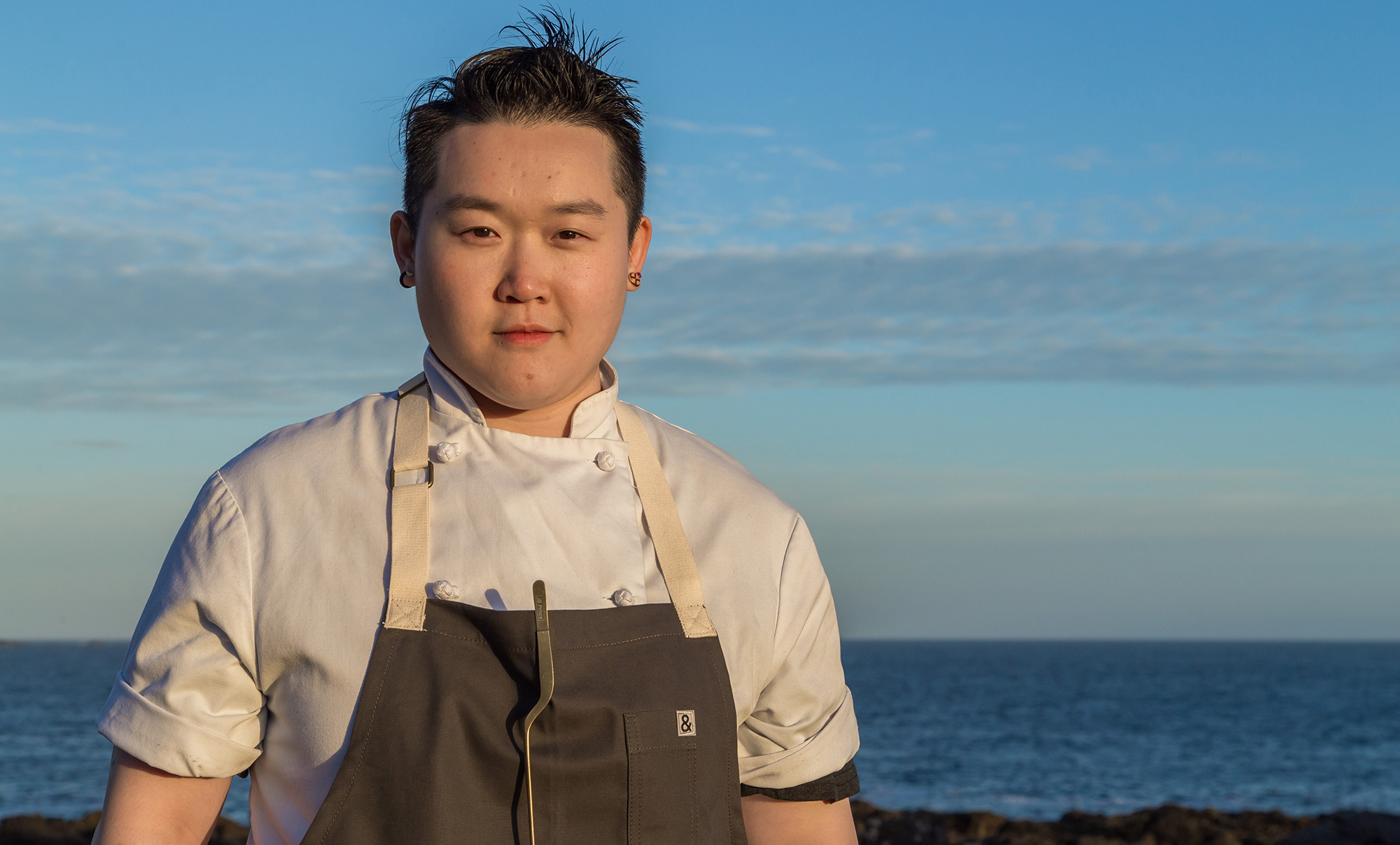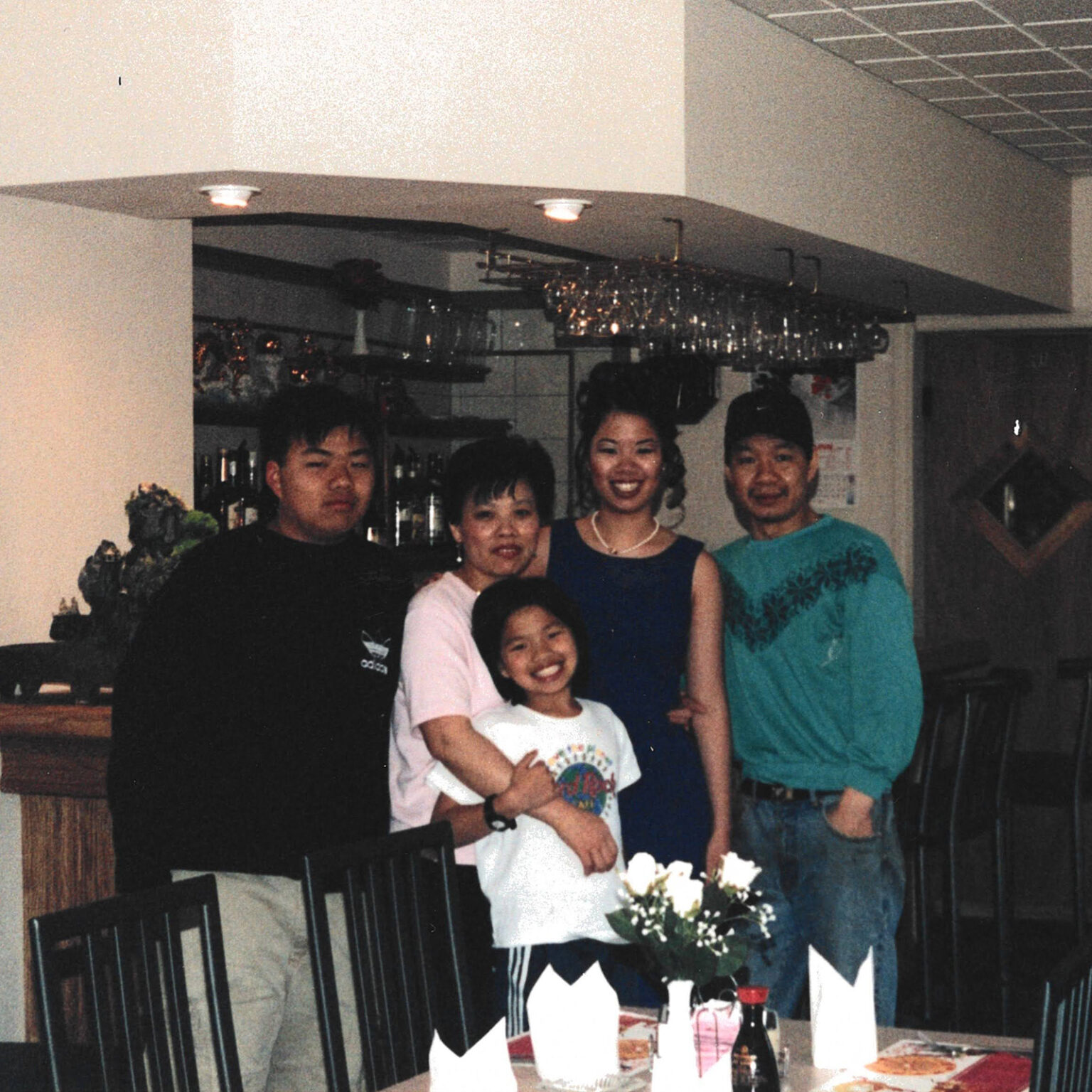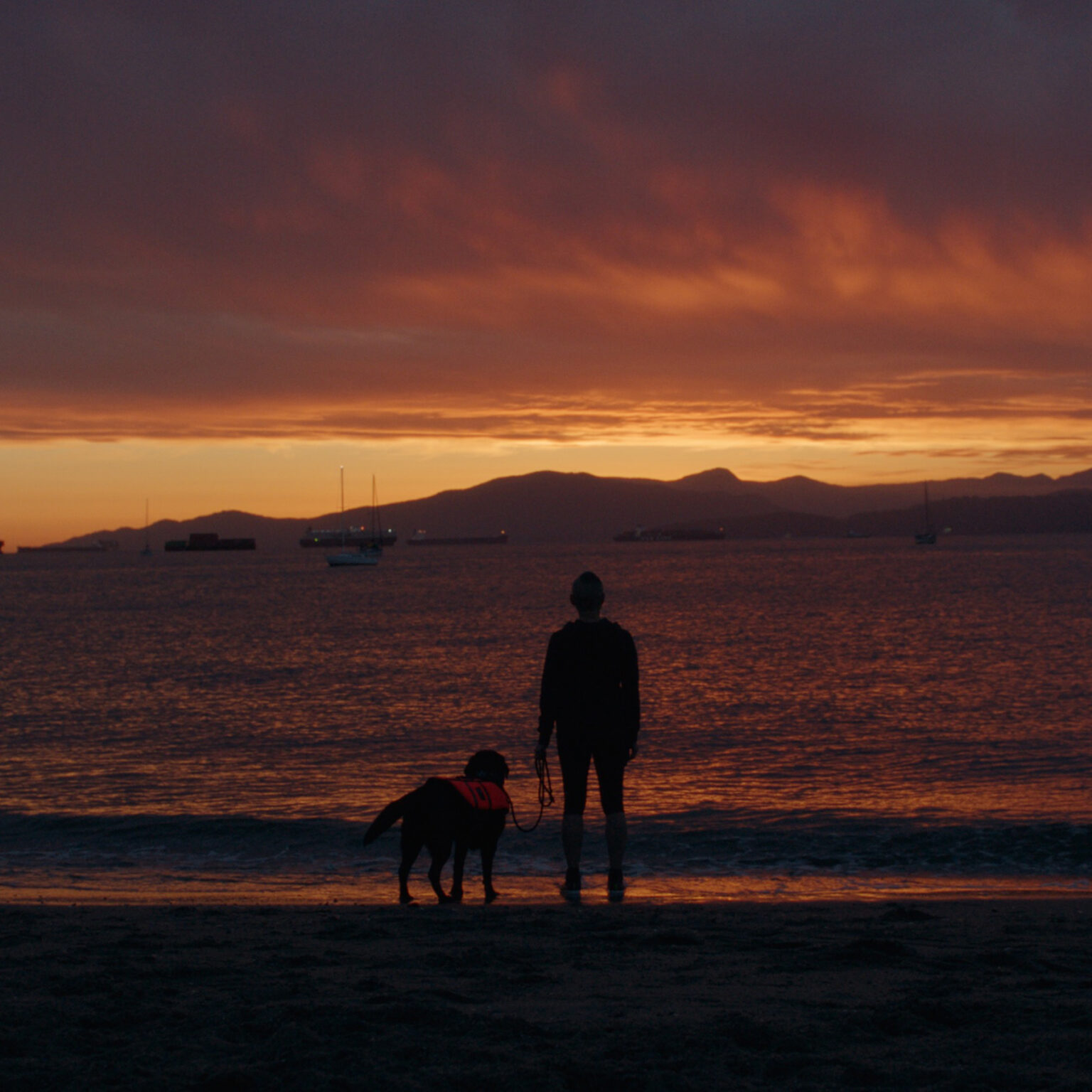Eva Chin was raised on her grandmother’s farm in Kahuku, Hawaii and grew up with the Hawaiian concept known as Aloha ʻĀina, or love for the land. It’s this upbringing and her grandmother’s influence that helped shape Chin into the chef she is today.
“My grandmother is a very spirited woman,” Chin said. “She believes that everything that’s alive has a soul in it but the moment we harvest it and cook it, it’s dead. So how are we celebrating it when we cook it?”
Chin refers to herself as a hapa, which is the Hawaiian word for someone of mixed ancestry. Her mother is Samoan-Hawaiian and her father is Singaporean-Chinese. Chin often explores this blend of cultures in her cooking, but it wasn’t always easy for her to embrace this identity. “Where are you from?” and “Are you Korean or Chinese?” are questions Chin gets asked often.
“For the longest time, being American just wasn’t enough,” said Chin. “Especially coming from Hawaii, I [see] a lot of tourists on a daily basis and in their eyes, I’m not a local. They have to know where I’m from, but I’m welcoming you into our island. So that was always a big thing that I was battling with.”
Chin has worked at notable restaurants around the world, including Australia’s Brae, Norway’s Maaemo, and Canada’s Momofuku Kojin. However, what’s interesting is that she didn’t actually set out to become a chef. Chin completed a psychology degree and received a job offer after graduation, but decided to put those plans on hold in favour of travel. She ended up working in the restaurant industry and the rest is history.
Speaking to The RepresentASIAN Project, Chin talks in-depth about the challenges of having mixed ancestry, how she feels about Samoan representation, and how the Stop Asian Hate movement impacted her approach to cooking.

On the challenges of growing up with a mixed cultural identity
I definitely always felt like I was never Chinese enough or Singaporean enough. I was born and raised in Hawaii by my grandmother who was very Hawaiian. She’s always told me stories about our Hawaiian and Samoan ancestors, and I grew up with the love of land. So my first 16 years, I was very bound to the Samoan side of my culture and the Chinese side felt very foreign [even though] I visited Asia once a year for family holidays. And when I talked to my family members from that side, the views were very different.
I didn’t like the feeling of being seen as a foreigner in my ancestor’s homeland. I didn’t know how to explain it, but it was a very embarrassing feeling. So I [thought], I’m going to get to know this land. I backpacked through China in the early 2000s and I studied Mandarin in Beijing for two months.
I think there’s such a huge comparison between being Asian in Asia and being Asian American in America. What defines the other? We don’t know. We’re obviously still learning that, but what I definitely learned is that a lot of the stories I grew up with [are] authentic to my family, plus the struggles we went through to adapt to North America. And the stories that my cousins in Asia grew up with — that’s authentic to them too, without understanding what it’s like to be a foreigner in an English-speaking country. It really hit me when I compared our stories years after and realized why we’re so different, but we’re both the same at the same time.

On how she feels about Samoan representation
I think being Pacific Islander, we’re seen as exotic, but no one has really [branched] out to talk about our stories and how we became colonized. It’s very bizarre and I don’t understand why. The history of Hawaii, for example, is so muted in U.S. education and history. People don’t even know what Samoa is when I tell them I’m Samoan. They’re like, “I thought you were Hawaiian.” Yeah, but at the very beginning of time, it was people from Polynesia, Samoa, Fiji, Tahiti that traveled through the waters to come settle in Hawaii.
This wasn’t even taught. So when I explain my Samoan heritage, it’s like talking a whole different language to people and a lot of stereotypes come out like, “You should be really dark” or “Is your whole family big?” Those are usually the general assumptions that people ask me in a blissfully ignorant way.
Other than the fact that [Oceania countries] have nice beaches and resorts, nobody really knows much about them and the struggles they had to go through [that forced them] to travel to look for homes. Such a huge part of our culture is not even explored, and there’s so much history that lies within our cooking culture that isn’t given enough credit as well.
On why she believes the term AAPI is so important
I definitely don’t feel comfortable just referring to Asian Americans. I feel the term AAPI [is inclusive] and forces people to acknowledge that inclusion. In fact, when I started promoting the term AAPI more, I had a lot of responses from my friends asking, “What does that even mean?” That just shows [why] we need this term.
I’m an LGBTQ representative as well and when I first came out many, many years ago, there were just three terms. It’s the same thing. Everything matters because we need to know they matter first. And by doing that we need to bring out the words, the names, the terms that should be properly used. It’s the acknowledgement of their existence.
On why it took until the pandemic for her to start cooking food from her heritage
When I [first] started cooking, times were simpler. There was no social media, no Food Network, no glorification of cooking other than the fact that there was elitism. That was what captivated us as cooks back in the late ‘80s and ‘90s [and] why I only wanted to cook Caucasian food. Obviously the French didn’t create cuisine, but they did take it to an elitism level where everyone accepted it. There was such low acknowledgement for eastern cultures and food at the time that it just didn’t occur to me that I needed to master my own cuisine first. For me, [I always felt like I needed] to go and master what’s being called elite right now, so I spent my entire life chasing European and French cuisine.
I’ve always loved [food from my heritage], but I always thought it was unworthy. I’ve always embraced it, but I would never bring it out to serve to guests. I think coming to Toronto, when I started cooking for Momofuku, was when I truly embraced my heritage. And that all started from a Lunar New Year menu.
COVID was a big deal in terms of separating me from traveling and seeing my extended family. That’s when I realized, oh my god, what am I going to do for Lunar New Year? Just then it hit me that every year from the moment Thanksgiving or Christmas starts rolling in, all the decorations are up everywhere. But why isn’t that for Lunar New Year? Why do I have to go to Chinatown in order to access that feeling? This is a holiday that’s celebrated worldwide by more than one culture.
No one in my company really paid attention to [Lunar New Year], so they just let me do my own thing. I talked to Anna Chen, another chef in Toronto that runs a modern Chinese restaurant, and we decided to collaborate. Our heritage was similar — from Southern Chinese — [so] we wrote the menu together. We ended up selling double, triple the amount of Lunar New Year menus than our Christmas and New Year’s Eve menu.
“…the food I’m serving now, I’m not just creating an Asian dish, I’m going all the way back. Why was it made? How did our family embrace it after they immigrated? What impacted our recipes? I’m looking for the core so I can tell the story because I believe that telling the story will allow people to be interested and want to learn and understand.”
On how the Stop Asian Hate movement impacted her approach to cooking
Stop Asian Hate opened a lot of doors in my mind, not just [around] food. I’m in an interracial marriage and it opened a lot of conversations between me and my partner about white fragility, white privilege, and it made me understand a lot about miseducation. For example, do you know why Chinese food is always seen as cheap, fast, and easy? It’s not just depictions from the media. It’s actually the core originating story. The very first Chinese restaurants made in America were built as a canteen for railroad workers, but their wages were paid so low compared to Caucasian workers that the food [was] forced to be cheap. They were also not allowed to be given a full break [like] Caucasian railroad workers, so the food had to be fast and easy. That’s f’d up.
The fact that people didn’t even know that existed and the media has just depicted Asian food as fast, cheap, and easy… that’s the missing link right there. That’s why the food I’m serving now, I’m not just creating an Asian dish, I’m going all the way back. Why was it made? How did our family embrace it after they immigrated? What impacted our recipes? I’m looking for the core so I can tell the story because I believe that telling the story will allow people to be interested and want to learn and understand.
On her latest project, The Soy Luck Club
I am a huge fan of Amy Tan. Her books resonated with me when I was young because I was constantly fighting with the fact [of whether I was or wasn’t whitewashed]. There was [also] such a huge gap between me and my family. [My parents’] generation was so painful and they went through so much struggle. Reading Amy Tan’s book just made me understand my family so much.
So I’ve decided to start a supper club series called The Soy Luck Club because 1) I’ve started my own soy sauce, and 2) I am one of those daughters in the books. In the cheesiest way, I feel like I am, and I feel like a lot of us are. I just want a place where we all sit and eat food like how those moms are celebrating their life by playing Mahjong and getting together and eating food. It’s a place where despite all the disparities and struggles we fight outside, it represents joy and luck. And that’s a very, very core Asian thing — that we need to constantly look for that fortune and happiness.
I think for me, I am blessed with the fact that when I backpacked through China — I’ve traveled to every single province — and when I learned Mandarin, it allowed me to open my scope of Chinese culture way more than my very own Cantonese heritage. And through The Soy Luck Club, I don’t want to just cook Hong Kong food or Cantonese food. I want to explore all the provinces. I want to explore all the poems, culture, songs that have anything to do with Chinese food.
[The Soy Luck Club is] banquet-style dining, and when I bring out the food, there’ll be a lot of conversation. It’s going to be very casual and I will be telling stories about each dish.
Like this post? Follow The RepresentASIAN Project on Instagram, TikTok and YouTube to keep updated on the latest content.











